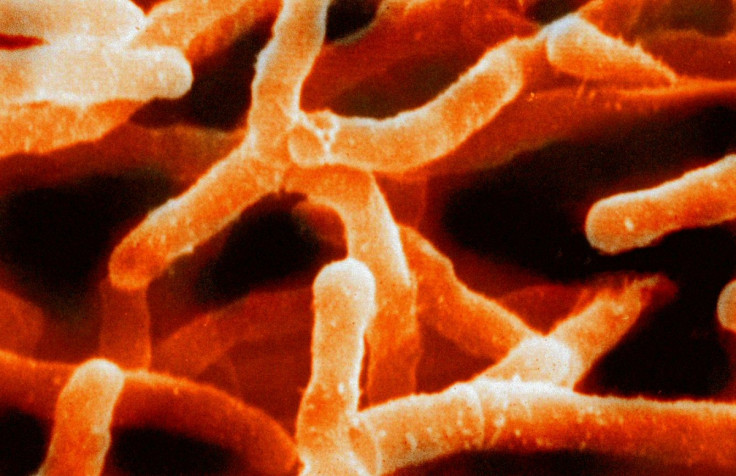Scientists propose bacterial 'windfarms' to power future mobile phones
The technology to use bacteria as a power source is currently only theoretical.
Cultures of bacteria could be used to power mobile devices, at least according to a group of scientists at Oxford University, who believe microscopic biological systems could be harnessed to make batteries. In a new study, researchers say specially designed organisms could be used in small-scale "windfarms" to generate small amounts of power for tiny mechanical devices.
The scientists claim their computer simulations show how bacteria's "chaotic swarming" can be used to turn tiny cylindrical motors and generate power in a similar way to a windfarm.
"Many of society's energy challenges are on the gigawatt scale, but some are downright microscopic," said Dr Tyler Shendruk, from Oxford University's department of physics, who co-authored the study, which was published in the journal Science Advances. "One potential way to generate tiny amounts of power for micromachines might be to harvest it directly from biological systems, such as bacteria suspensions."
Bacterial growth is usually too disorganised on its own to be used to generate any kind of meaningful power, but the researchers developed a special lattice of 64 symmetric microrotors around which the bacterial bloom spontaneously organised itself. The result was a network of spinning rotors which acted like a microscopic windfarm, which could conceivably be used as a tiny engine to power miniature machinery.
"The amazing thing is that we didn't have to predesign microscopic gear-shaped turbines. The rotors just self-assembled into a sort of bacterial windfarm," said Dr Shendruk. "When we did the simulation with a single rotor in the bacterial turbulence, it just got kicked around randomly. But when we put an array of rotors in the living fluid, they suddenly formed a regular pattern, with neighbouring rotors spinning in opposite directions.

The study's co-author, Dr Amin Doostmohammadi, added: "The ability to get even a tiny amount of mechanical work from these biological systems is valuable because they do not need an input power and use internal biochemical processes to move around.
"At micro scales, our simulations show the flow generated by biological assemblies is capable of reorganising itself in such a way as to generate a persistent mechanical power for rotating an array of micro rotors."
© Copyright IBTimes 2025. All rights reserved.






















